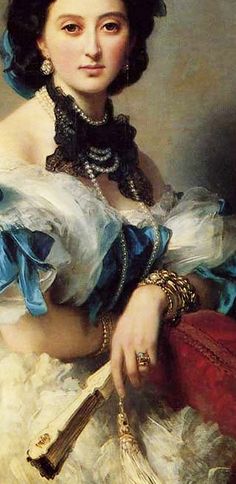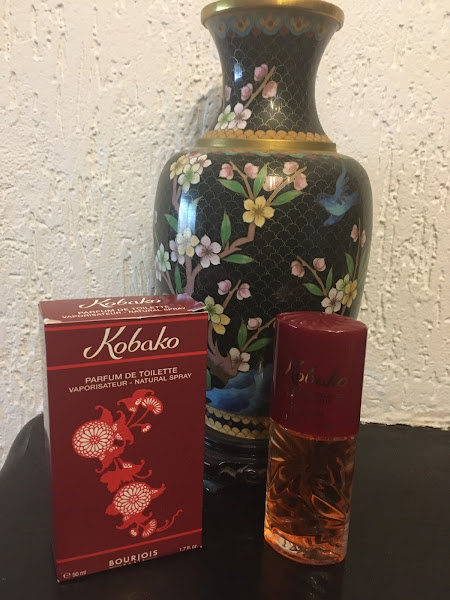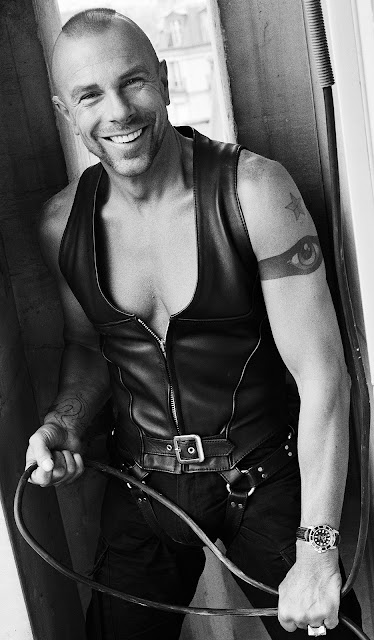The house of Roger & Gallet presented Bois d'Orange built from fresh accords of citruses and the warm nuances and strength of wood several years ago, but it's still in production, perfect for warmer weather. The fragrance invites for a long and pleasant walk in the garden of Andalusia, among alleys of fragrant oranges. It's the vibrant and sunny freshness of leaves, combined with orange blossom and the scent of fruits to regenerate the aura and give pleasure to each user.
It was the scent I turned to after I gave birth, mostly using the luxurious soaps and shower gel formulations.
The top notes of Bois d'Orange introduce mandarin, basil, and lemon verbena, a fresh and encouraging scent of citrusy-green aromas. The heart brings us orange blossom and neroli, while the base adds strong and warm amber, rosewood, and cedar.
It's hard to parse the scent into all those notes and components; there is a uniformity of feel-good vibes which are derived by the stalwart luminosity of the neroli and verbena. It only opens up on warmer days, giving a more woody aspect in cold weather, but when the sun is high in the sky it blooms and reveals its happy facets that come tumbling down from a bowl of just-picked fruit someplace warm and casual. No wonder I sought this scent when I was at my most vulnerable.
The fragrance is available in the characteristic packaging of the house of Roger & Gallet. Besides the fragrance Bois d'Orange, an accompanying body care line with the same aromas was introduced. It includes luxurious soaps, which made this house famous.
This woody aromatic fragrance was created for women as well as for men and I find no fault with either wearing it on any occasion that calls for some optimism and feeling good about oneself.
Bois d'Orange originally launched in 2009 and continues to be in production after all these years.
The finer, nonalcoholic Eau Parfumée version can be worn in the sun, making it perfect for summer. It's part of the Eaux Parfumées line in frosted glass bottles.
Please note there is also an edition with golden shimmer, the Bois d'Orange Eau Sublime Or, but this is a different interpretation with a lactonic component reminiscent of suntan lotion, with salicylates enhancing the floral facet. It's obviously made for summertime with the idea that some golden shimmer enhances one's tan. This one would be more appreciated by the ladies, I presume.
.jpg)












.jpg)
